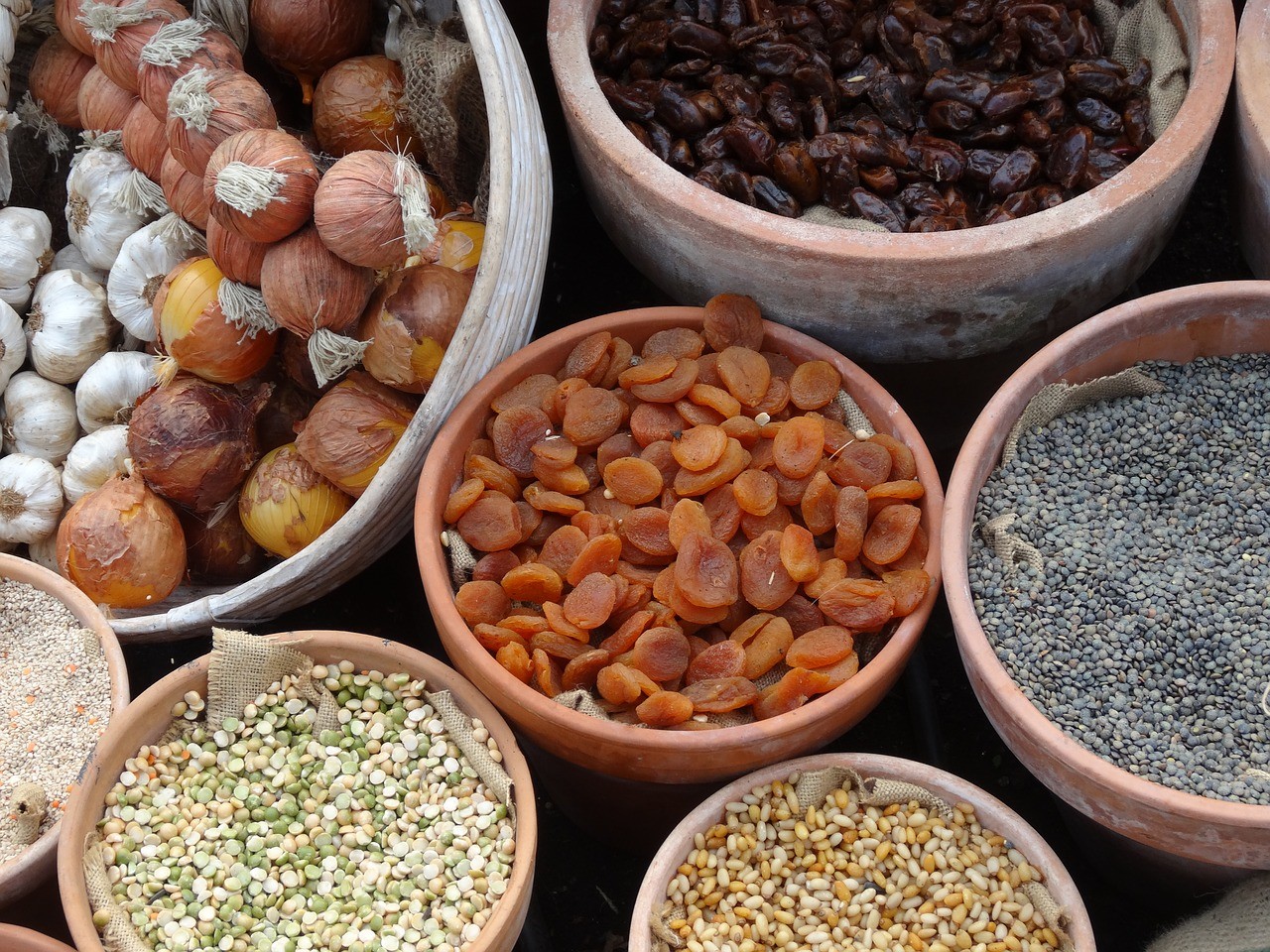In food we not only find nutrients (good or bad quality) for our body, but also non-nutritive substances that can have different effects on the body. Among them are the antinutrients : we tell you what they are and how they affect our diet.
 What is an antinutrient?
What is an antinutrient?
As the name implies, an antinutrient is a component of our food that can interfere with the digestion, absorption or activity of one or more nutrients of that or another food.
That is, by its structure and effect in our body, many components of food can “sweep” or drag along its digestive system with some important nutrients for the human body, preventing its proper use by the same.
In the same way, some antinutrients prevent minerals or vitamins from being correctly digested and absorbed and, therefore, favor their excretion or elimination from our body.
The effect of the antinutrients occurs if they are ingested simultaneously or very soon after the nutrient they inactivate or from which they prevent their metabolization.
The good news is that most of the antinutrients found in foods can be neutralized or minimized so that their effect on our diet does not harm the quality of what we eat or affect the health of the body.
Among the most frequent antinutrients in our diet we find:
Saponins
They are typical of pulses , especially chickpeas and soybeans, according to a study carried out by Australian scientists and they are also covering each grain of quinoa .
It is a soapy compound to the touch that the cooking does not usually reduce effectively but with the washing or soaking of the vegetables and subsequent rinsing we can easily remove it .
These compounds reduce the absorption of iron as indicated by research published in the British Journal of Nutrition and therefore are considered an antinutrient. Also, their permanence in food can give a bitter taste to food.
Therefore, it is always advisable to soak the vegetables before cooking them and consume them, as well as to wash the quinoa under the water tap, rubbing the grains repeatedly and rinsing them with each wash.
Phytates
The phytates or phytic acid is part of the fiber that contains many whole grains, since it is found mainly in the bran of these.
Phytates may have benefits for our body, but as has been demonstrated with wheat bran , its consumption reduces the absorption of non-haem iron , that is, of iron of vegetable origin whose availability is always more limited than iron derived from meats, for example. It can also affect the availability of calcium .
In this case, we can reduce its effect on the use of iron and calcium by limiting its consumption simultaneously , for example: if we combine wheat bran with spinach, we will reduce the iron absorption of this last food, so it is better to avoid both food together and not exceed the consumption of phytates.
Tannins
They found in dried beans, as well as tea and coffee and produce a reduced availability of proteins and in iron absorption concludes one study published in the Journal of the American Oil Chemists Society , even consumed up to two hours after these nutrients.
However, during the processing of legumes we can achieve a great reduction in their tannin content, since their soaking can be reduced by up to 97%, as indicated by Indian scientists . Germination, cooking and other processing also reduce the proportion of tannins in legumes.
In the case of tea or coffee, the best we can do is not to consume them simultaneously with foods rich in iron or protein and to allow more than two hours after a meal to drink these infusions .
Avidina
It is a substance found in egg white and cleverly linked to biotin , a B-complex protein of great importance to the human body , preventing its absorption.
The good news is that avidin is completely inactive when it is cooked , therefore, if we avoid the consumption of raw egg white, we will not be at risk of suffering from biotin deficiencies that can lead to dermatitis, infections and alopecia.
Oxalates
They are found in green leaves, beets, legumes, nuts, cocoa and other foods of vegetable origin and are substances that prevent the proper assimilation of minerals such as iron and calcium in our body, by forming complexes with these that can not be used. .
The best way to avoid the effect of oxalates on the absorption of iron and calcium is to prevent the simultaneous consumption of foods rich in these nutrients with antinutrient sources. However, a study on the bioavailability of iron indicates that the cooking of food as well as the soaking of legumesconsiderably reduces the oxalate content.
The antinutrients are many and can significantly affect our diet if we abuse their intake or neutralize their effect on the body, therefore, it is always better to remember them and consider that excesses never benefit our body.


